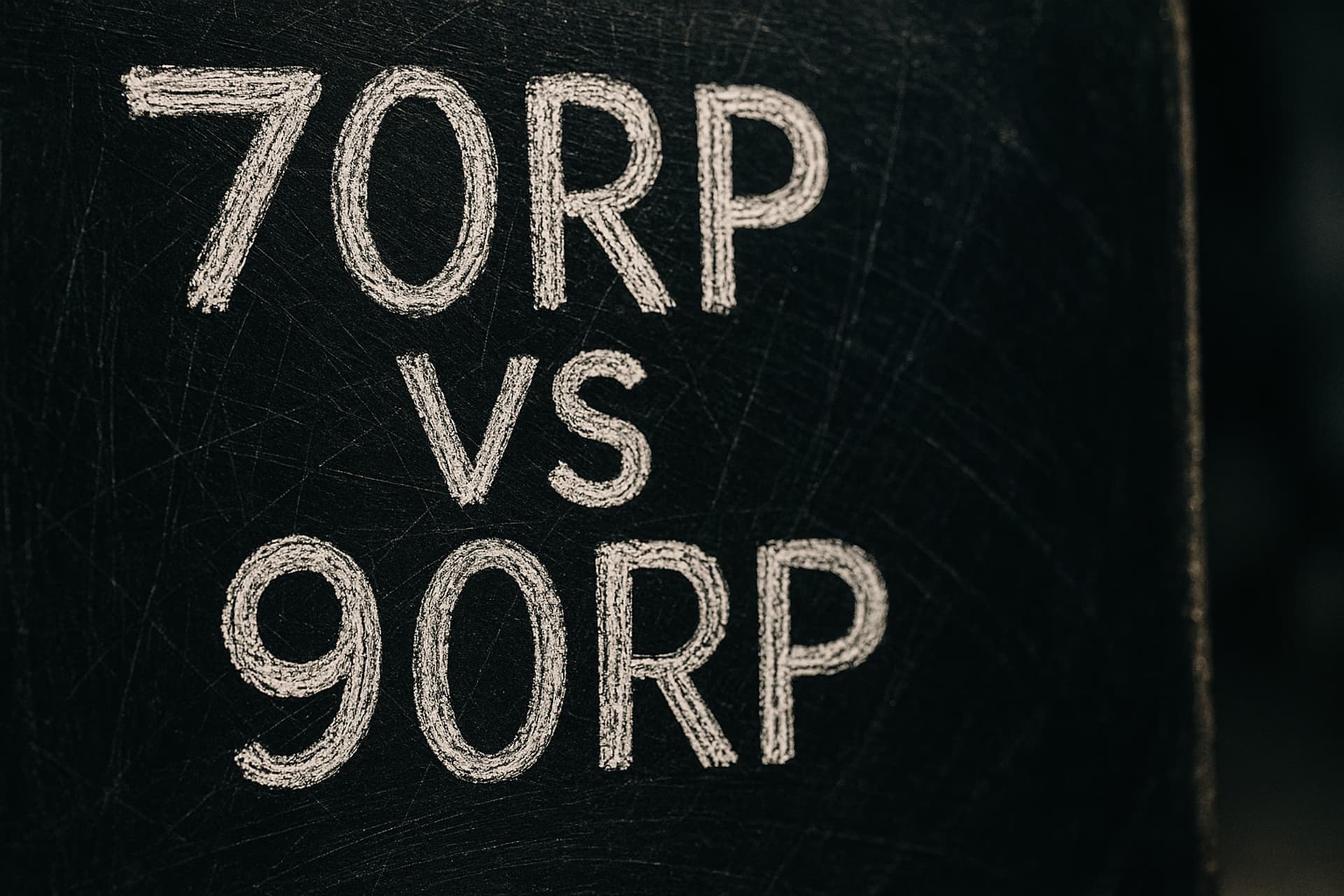O-Level Chemistry Purity & Sublimation Masterclass
Download printable cheat-sheet (CC-BY 4.0)14 Nov 2025, 00:00 Z
A
Reviewed by
Azmi·Senior Chemistry Specialist
Want small-group support? Browse our IP Chemistry Tuition hub.
TL;DR
Section 1.2 of the 2026 syllabus requires candidates to separate, purify, and confirm the identity of substances using solvent extraction, filtration, distillation, sublimation, and locating agents (SEAB 2026 syllabus, pp. 10 & 27).
Paper 3 turns those bullet points into hands-on tasks: plan solvent choices, control heating rates, record melting/boiling data with correct significant figures, and critique sources of impurity.
Use these drills to rehearse purification scripts and pair them with the separation/gas collection guide at https://eclatinstitute.sg/blog/o-level-chemistry-experiments/o-level-chemistry-separation-and-gas-collection-guide.
1 | What the syllabus demands
- Methods of purification (Section 1.2). SEAB expects students to describe, select, and justify separation methods for solid–solid, solid–liquid, and liquid–liquid mixtures — including sublimation, crystallisation, distillation, fractional distillation, and the use of separating funnels.
- Purity checks. Candidates must deduce purity from melting/boiling point data, interpret chromatograms using Rf values, and explain why purity matters in real products.
- Practical techniques list (p. 27). Paper 3 specifically mentions separation techniques and salt preparation; sublimation/purity often appear as the “second part” of those questions, demanding integrated Planning/PDO/ACE responses.
2 | Planning templates for purification tasks
- Crystallisation with purity check.
- Aim. “To obtain pure copper(II) sulfate crystals from an impure sample and verify purity via melting point.”
- Variables. Track solvent volume, evaporation temperature (~80 °C warm bath), cooling time.
- Controls & hazards. Hot solution scalding; acid residues; insist on goggles, heatproof mat, controlled heating with a Bunsen flame shield or hotplate.
- Purity verification. Measure melting point using a melting point tube and the apparatus list thermometer (0.5 °C scale). Note expected value (110 °C for pentahydrate) and tolerance.
- Sublimation of iodine or ammonium chloride.
- Aim. “To separate iodine from sand by sublimation and determine purity via mass balance.”
- Apparatus. Evaporating dish, inverted funnel with cotton wool plug (captures vapour), tripod, gauze.
- Planning notes. Use minimal heating to avoid decomposition; include a cooling period before scraping crystals.




